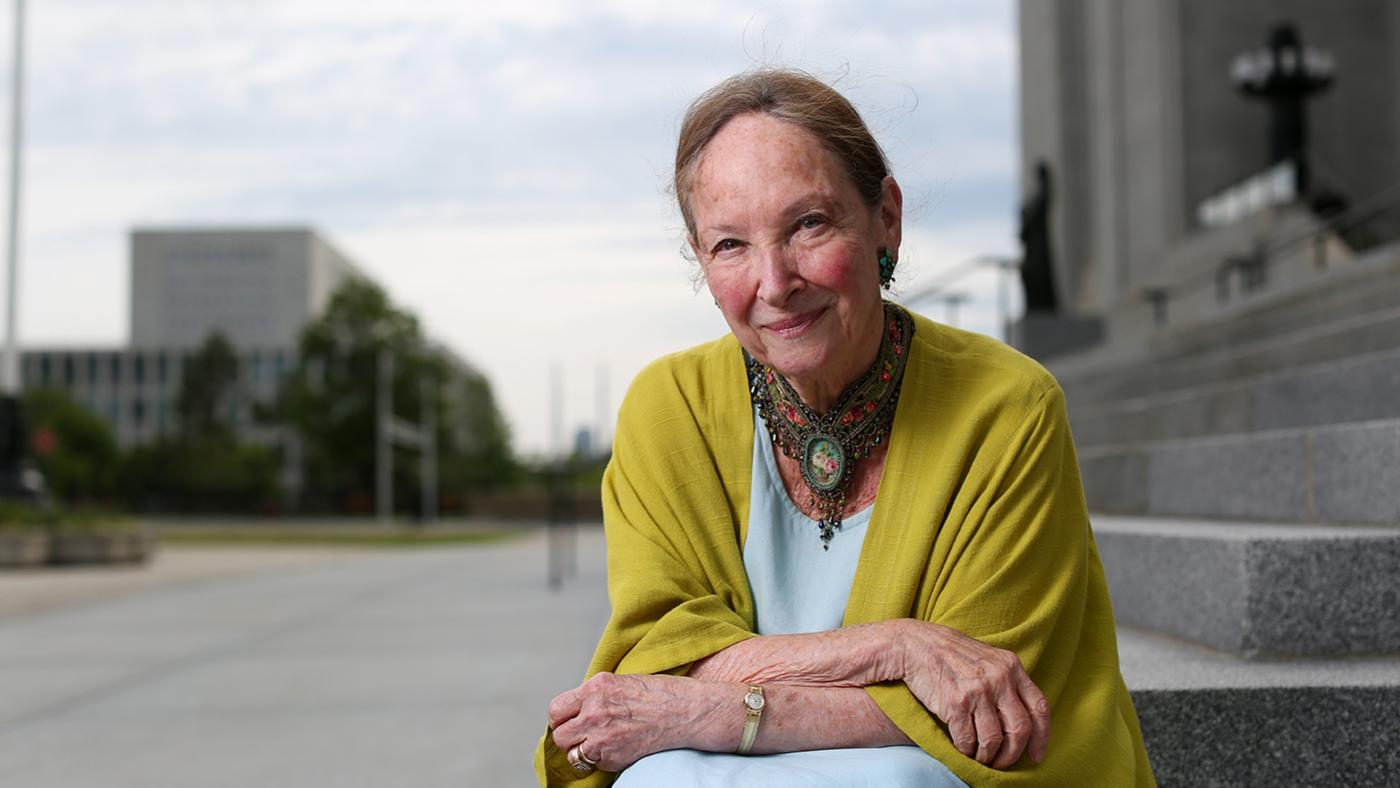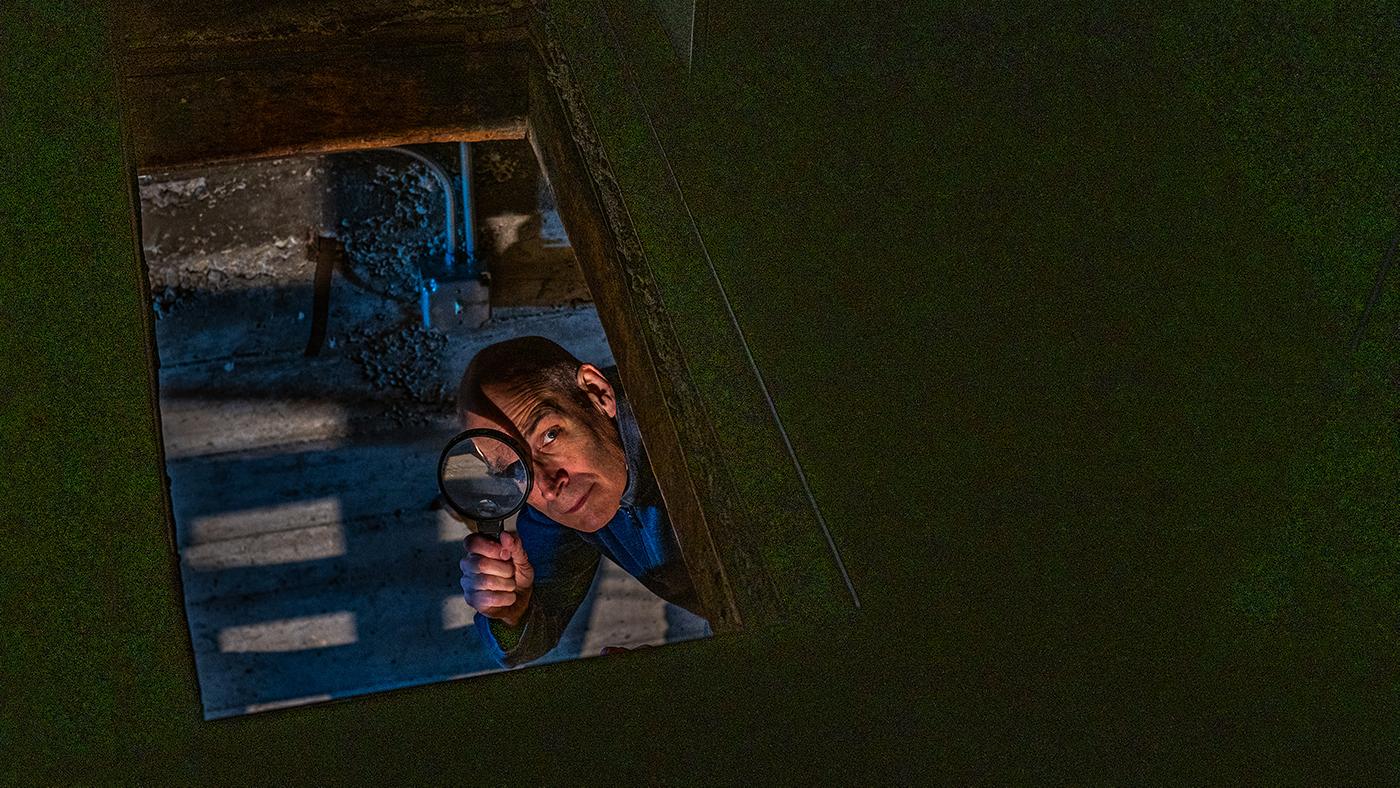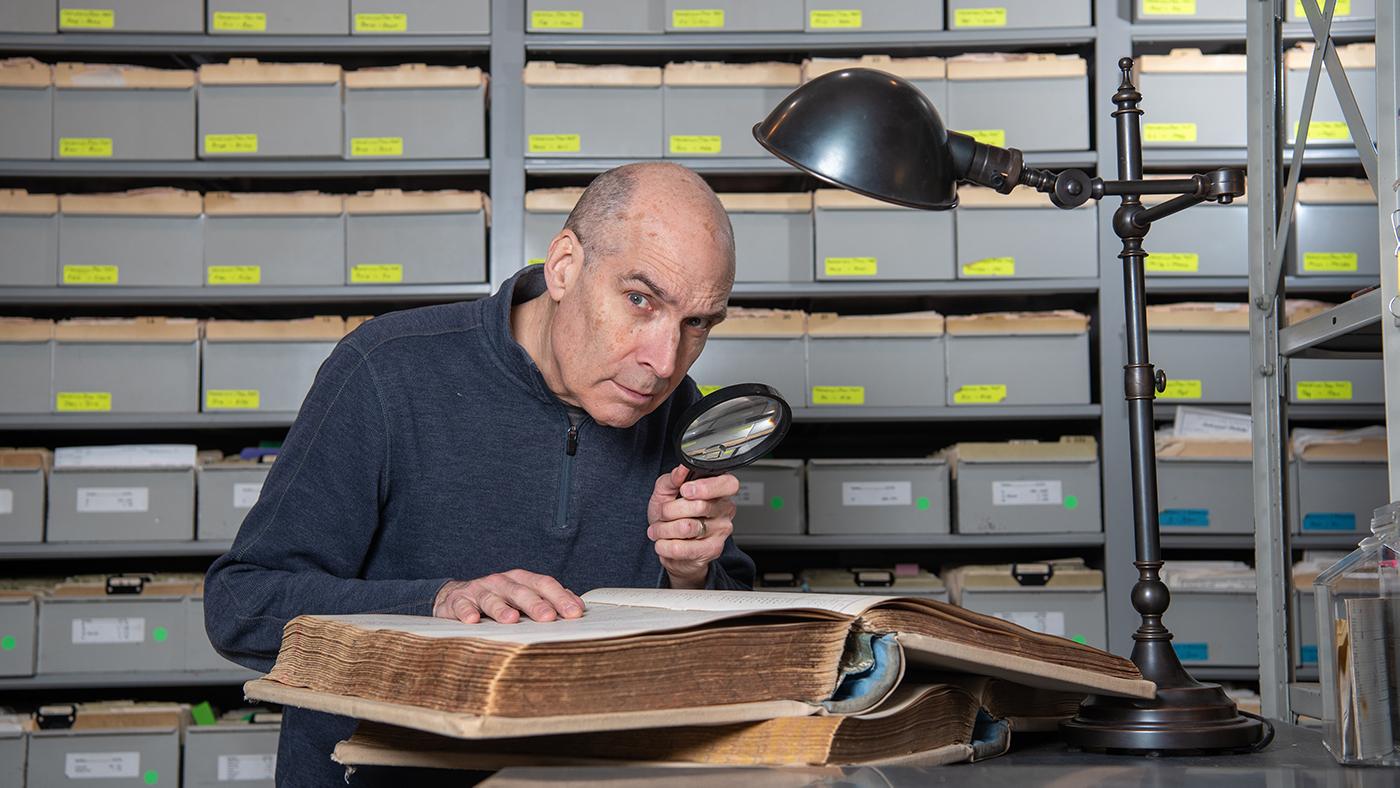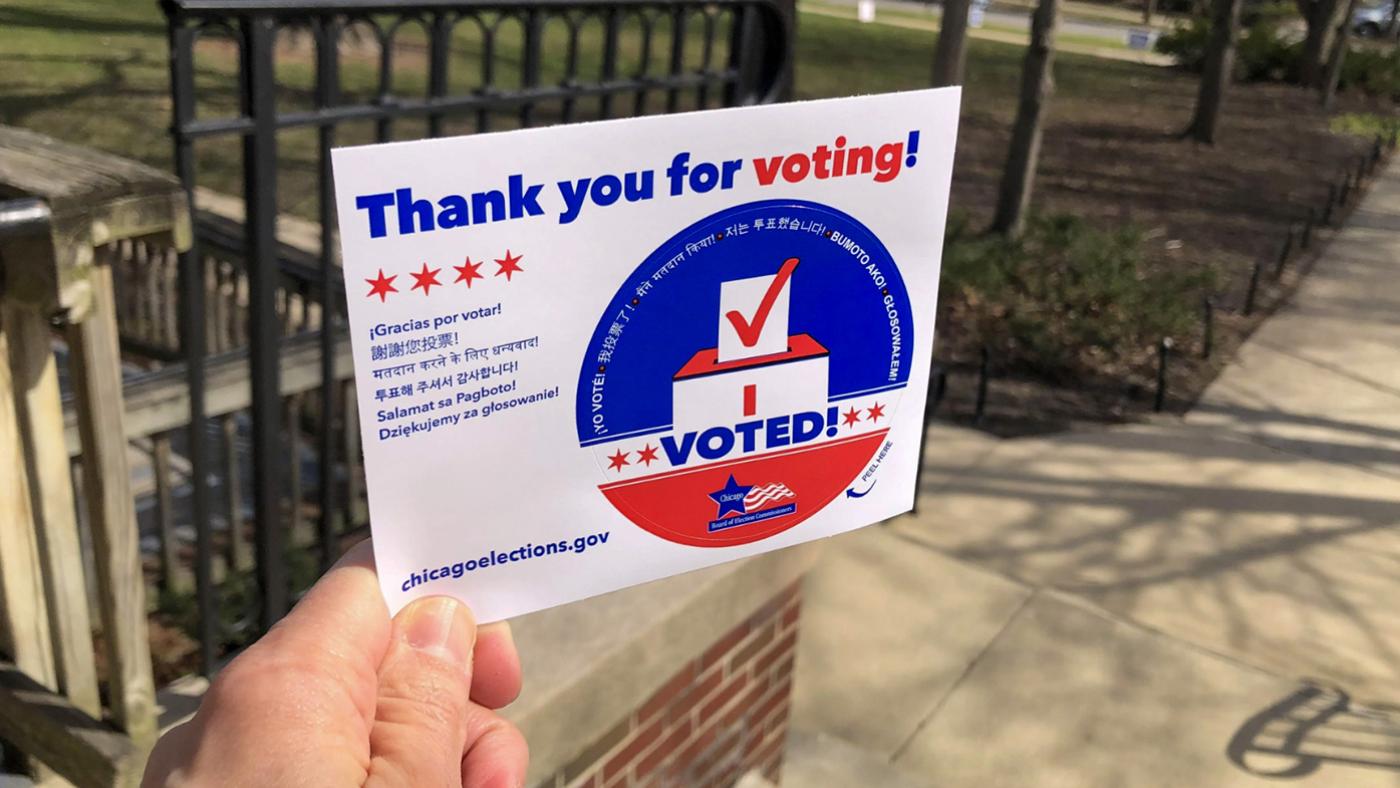The Chinese New Year Begins
Daniel Hautzinger
February 16, 2018
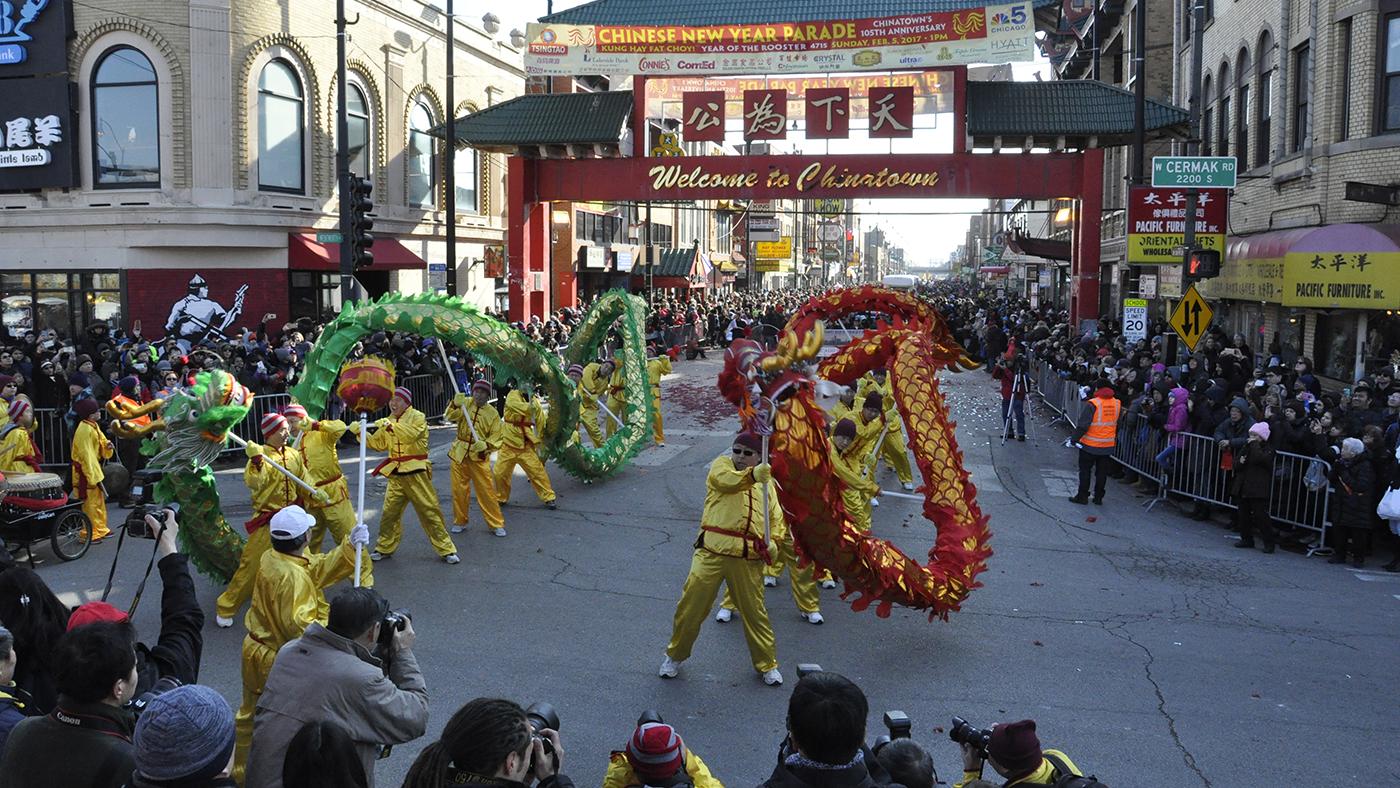
In the West, most people know of the Chinese New Year simply as an occasion for elaborate parades and a time to check what zodiac sign they are. But for Chinese people across the globe, it is the most important holiday of the year, a time when families reunite – the largest human migration in the world occurs at this time as sons and daughters travel home – and people look forward to the happiness and good fortune a new year can bring.
The Chinese New Year is tied to the traditional Chinese calendar and begins on the new moon between January 21 and February 20; this year, the Year of the Dog, starts today. The dog is the eleventh sign in the zodiac, followed only by the pig before the whole cycle starts over again: rat, ox, tiger, rabbit, dragon, snake, horse, ram, monkey, rooster, and back to dog.
Each zodiac symbol has a specific personality associated with it that is believed to be shared by people born under that sign, as Anita Lau, the co-chair of Chicago Chinatown Special Events explains. In Chicago’s Chinatown Square, there are stylized bronze statues of each of the zodiac animals, donated 25 years ago when the Square was completed. “Dogs are independent, sincere, honest, loyal, and not afraid of difficulty,” she says. “Some famous ones are Winston Churchill, Mother Teresa, Elvis Presley, Madonna, and George W. Bush.”
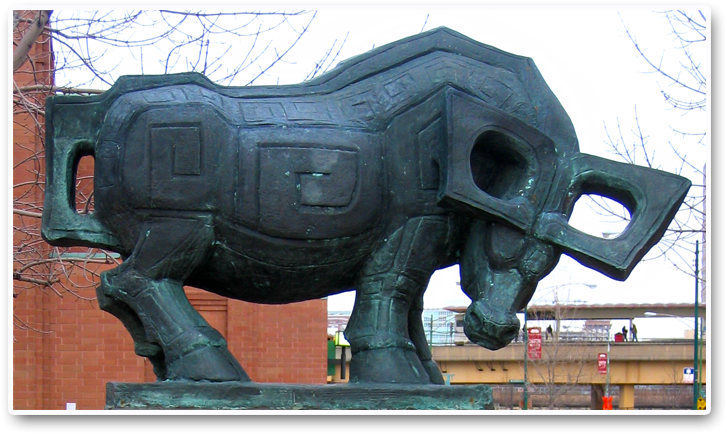 Chicago's Chinatown Square features bronze statues of all twelve zodiac symbols
Chicago's Chinatown Square features bronze statues of all twelve zodiac symbols
Lau is one of the organizers of the annual Chinese New Year parade in Chicago’s Chinatown, which takes place on Sunday, February 25 from 1:00 to 3:00 pm. The route starts at 24th Place and Wentworth Avenue and ends at Cermak Road and Princeton Avenue. The parade includes eighteen floats, six marching bands, and various cultural groups, according to Lau, but the highlights are the dragon and lion dances, with their brilliant costumes and props.
“The dragon and lion are auspicious symbols,” Lau explains. “The dragon is the king, so it represents power. It has a long body, where the lion has only a head and tail. The lion dance ends with three bows, which represent happiness, longevity, and good fortune. All things you want!”
As in those dances, there are many symbols and superstitions associated with the New Year, which is also known as the Spring Festival and continues for fifteen days. For instance, eating boiled chicken “is a must,” says Lau, because it represents good will. Fish is also an important dish, because the word for it in Chinese is a homophone for abundance. Both chicken and fish are usually included in a typical New Year’s Eve dinner, for which the entire family reunites – it’s perhaps the most important meal of the year for Chinese people.
Having feasted on the New Year’s Eve, it is then traditional to abstain from meat on the New Year’s Day, a custom that comes out of a belief that you should not kill animals that day. Nor should you clean the house or wash your hair: you might sweep away your happiness for the next year. Children receive hung bao, red envelopes filled with money. Red is associated with wealth, luck, and hope, so many people also wear it on the first day of the new year, Lau says, following it with gold – representing happiness – on the second day. While decked out in gold for the second day, you should avoid visiting people, however: you might argue or bring them bad luck.
Each day has celebrations and significance, but many people today, especially those who work, focus on just the New Year’s Eve, the first day, the seventh, and the last, says Lau. The seventh day is “everybody’s birthday,” she says, the day in which humans were created according to ancient Chinese mythology. The fifteenth and last day of the New Year’s festivities is the Lantern Festival, which not only features many red lanterns but is also known as the Chinese Valentine’s Day.
So enjoy the next fifteen days of celebration, or, as the Chinese say, “Gong hay fat choy” – “may you have a happy, healthy, and prosperous new year!”


